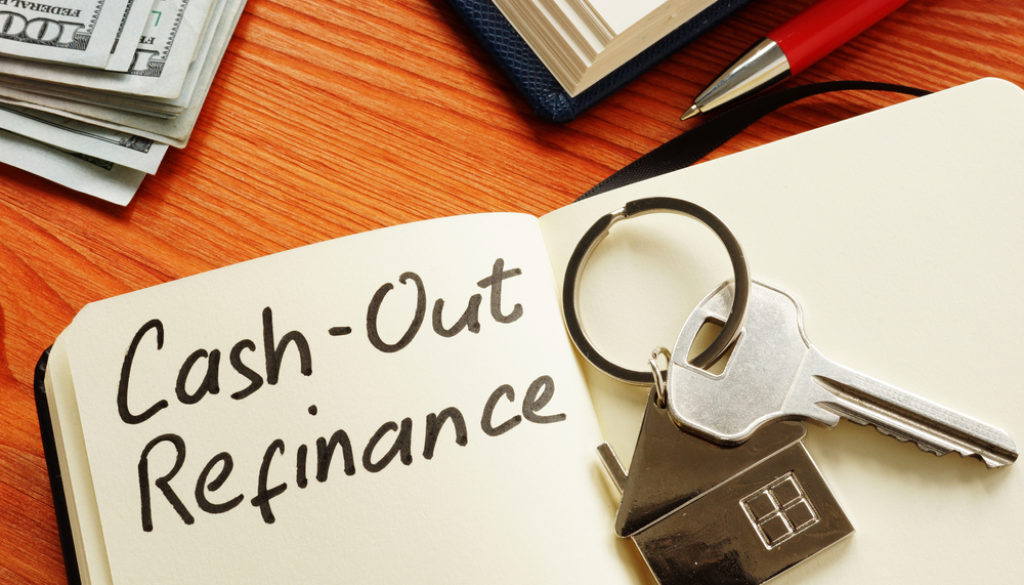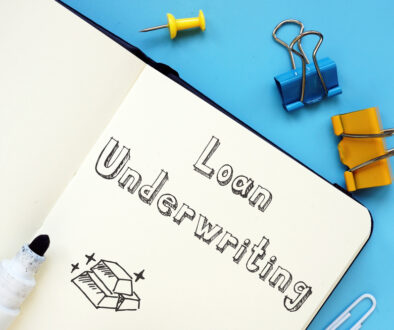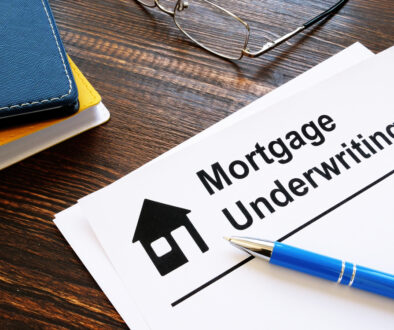Cash-Out Mortgage Refinancing Basics and Qualities, Part 2
In part one of this two-part blog series, we went over some of the basics involved with the cash-out refinance. This process, which involves you taking on a new mortgage loan and actually receiving a cash sum as part of the transaction, is utilized by many homeowners who have built up equity in their homes and want to put it to good use.
At Primary Residential Mortgage, our various mortgage services include a wide range of programs, including assistance with several different refinancing types as needed. In today’s part two of our series, we’ll go over a few additional details to be aware of on cash-out refinancing, including the kinds of buyers it’s often right for, when it might not be the best idea, and some alternatives that might be available to you.
Why Use Cash-Out Refinancing?
There are several reasons homeowners often choose to go with cash-out refinancing, including each of the following:
- Lower interest rate: The most common use of this refinancing method is to get a lower interest rate, allowing you to pay down the loan sooner.
- Debt consolidation: If you have credit card or other debts you’re struggling with, cash-out refinance can offer a lump sum that allows you to get ahead of these.
- Home improvements: Some homeowners also use their cash-out refinance for home improvements – in many cases, you will be eligible for tax deductions on such improvements.
- College tuition: In other situations, parents of a college-aged child will use a cash-out refinance to help with tuition payments.
- New vehicle: Others may put the lump sum toward a down payment on a new vehicle – there are actually situations where using a cash-out refinance loan to purchase a vehicle will get you a better deal than a dedicated car loan.
When Cash-Out Refinancing Isn’t a Great Choice
Now, despite all the potential benefits we’ve just listed, cash-out refinancing is not right for everyone. There may be cases where it will increase your interest rate or reestablish your private mortgage insurance payments, and it may also lengthen your repayment time period.
For this reason, you should not engage in a cash-out refinance just for the sake of doing it. If you’re looking to lower interest rates but such an option isn’t available on the current market, don’t force things. Additionally, if you’re only using a cash-out refinance to pay down debt, but you don’t plan to make major changes to your financial approach moving forward, all you’re doing is kicking this financial can down the road – we highly recommend debt repayment and mitigation strategies instead.
Cash-Out Refinancing Alternatives
If you need additional funds, there are also a few alternatives to cash-out refinances:
- Home equity line of credit: Allows for borrowing with a revolving line of credit
- Home equity loan: A second mortgage with a fixed interest rate and a lump sum paid to you
- Reverse mortgage: For older homeowners age 62 and above, this option allows cash withdrawals.
For more on the cash-out refinance and whether it’s a good choice for you, or to learn about any of our mortgage services, speak to the staff at Primary Residential Mortgage today.
*PRMI NMLS 3094. PRMI is an Equal Housing Lender. Some products and services may not be available in all states. Credit and collateral are subject to approval. Terms and conditions apply. Programs, rates, terms, and conditions are subject to change and are subject to borrower(s) qualification. This is not a commitment to lend. Opinions expressed are solely my own and do not express the views of my employer.




